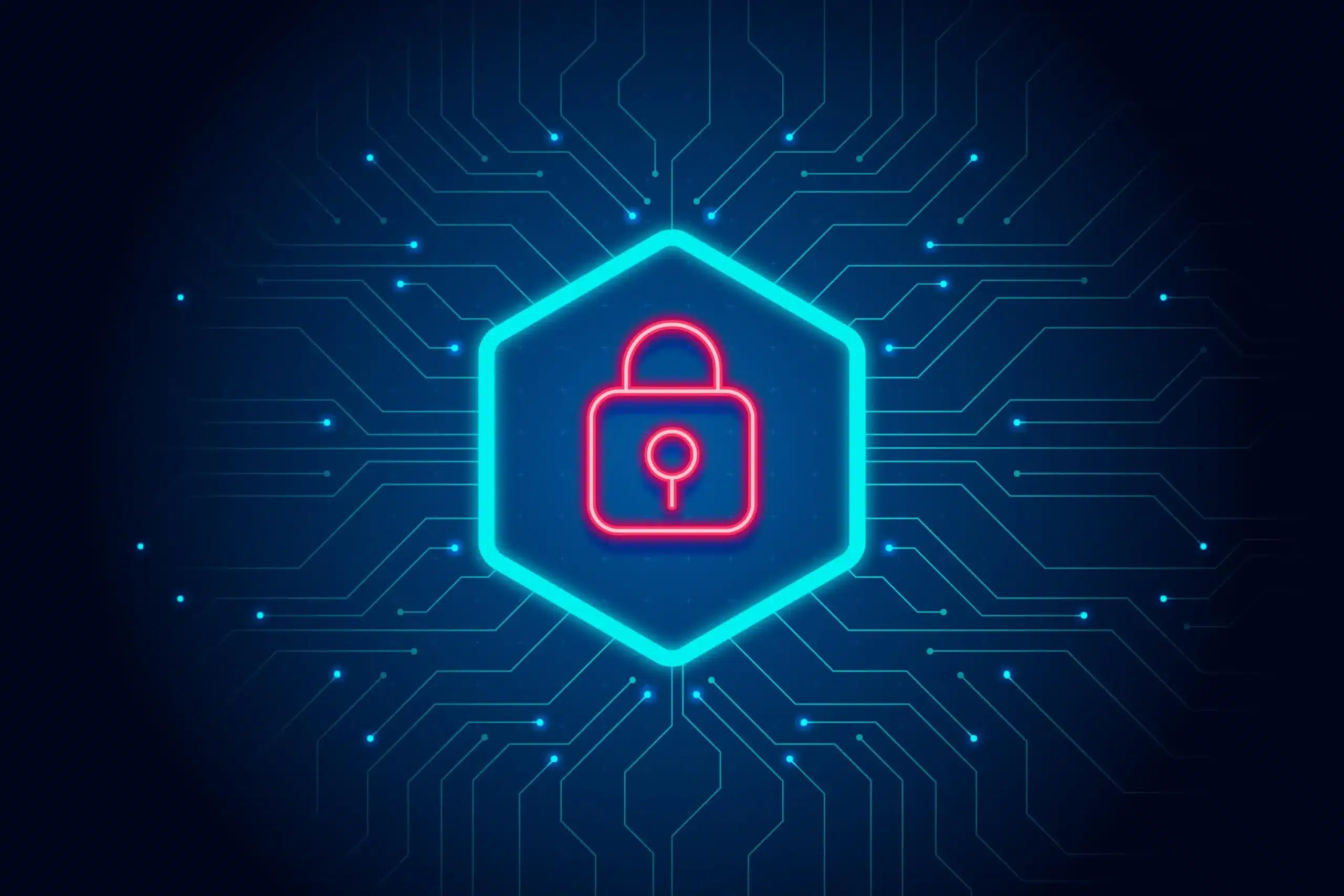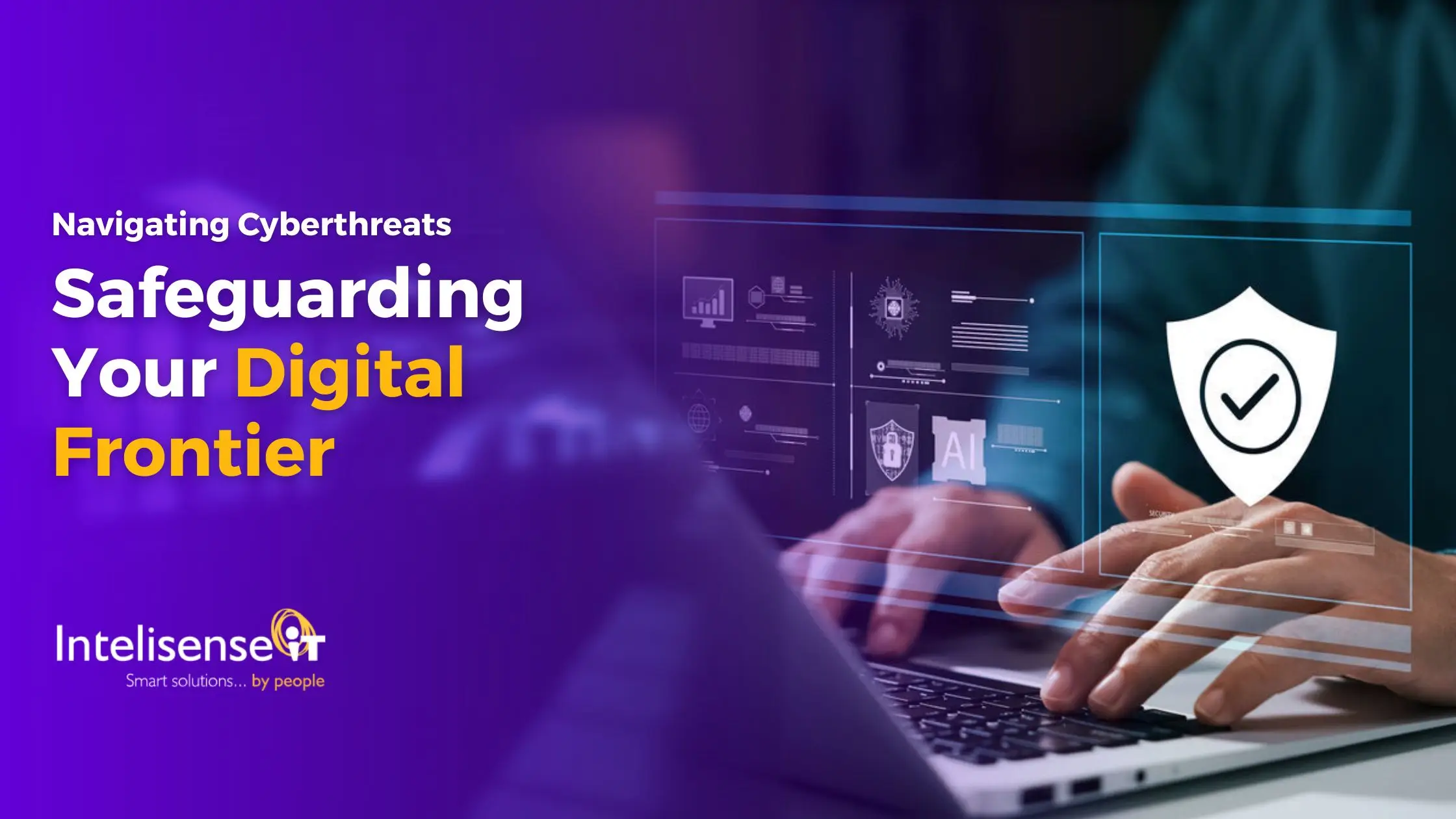In the vast landscape of the digital realm, where information flows ceaselessly and networks interconnect, the threat of cyberattacks looms ever-present. From sophisticated malware to cunning social engineering tactics, cyberthreats continue to evolve, posing significant challenges to individuals and organisations alike. In this blog post, we’ll explore some prevalent cyberthreats in the IT world and discuss strategies to counter them effectively.
1. Malware Menace:
Malware, short for malicious software, remains one of the most pervasive threats in cyberspace. It encompasses a wide array of malicious programs designed to infiltrate systems, steal sensitive data, or disrupt operations. Common types of malwares include viruses, worms, Trojans, and ransomware. To counter this threat:
- Keep software and operating systems updated to patch vulnerabilities.
- Implement robust antivirus and antimalware solutions.
- Foster a culture of cybersecurity awareness to prevent inadvertent downloads of malicious files.
- Educate employees on safe browsing habits and the importance of avoiding suspicious websites and downloads.
2. Phishing Ploys:
Phishing attacks rely on deception to trick users into divulging personal information, such as login credentials or financial data. These attacks often masquerade as legitimate emails, messages, or websites, aiming to exploit human trust and curiosity. To defend against phishing:
- Educate users about recognising phishing attempts, including suspicious email addresses, unexpected attachments, and urgent requests for sensitive information.
- Deploy email filtering solutions to detect and block phishing emails before they reach users’ inboxes.
- Encourage the use of multi-factor authentication to add an extra layer of security against unauthorised access.
- Encourage the use of password managers to generate and securely store unique, complex passwords for different accounts, reducing the risk of credential reuse.
- Leverage email authentication protocols such as SPF, DKIM, and DMARC to prevent email spoofing and enhance email security.
3. DDoS Disruptions:
Distributed Denial of Service (DDoS) attacks inundate target systems with a flood of traffic, rendering them inaccessible to legitimate users. These attacks can disrupt online services, cause financial losses, and tarnish reputations. To mitigate DDoS threats:

- Employ DDoS mitigation services or appliances to detect and mitigate attacks in real-time.
- Configure network devices to filter out malicious traffic and maintain service availability.
- Implement redundancy and failover mechanisms to distribute traffic and withstand DDoS onslaughts.
- Implement content distribution services that replicate your website’s data across geographically distributed servers. This proactive measure optimises resource allocation, effectively dispersing the load across multiple nodes. Consequently, in the event of an attack, the distributed architecture enhances resilience by mitigating the risk of server overload, thereby thwarting attackers’ attempts to inundate your infrastructure.
4. Insider Intrusions:
Insider threats pose a significant risk to organisations, as malicious insiders or negligent employees may exploit their access privileges to steal data, sabotage systems, or compromise security. To address insider threats:
- Implement least privilege principles to restrict access to sensitive resources based on job roles and responsibilities.
- Monitor user activities and network traffic for suspicious behaviour or unauthorised access attempts.
- Foster a culture of trust and accountability while maintaining vigilance against insider threats through continuous monitoring and auditing.
- Establish clear policies and procedures for revoking access rights and conducting exit interviews to ensure that departing employees do not retain unauthorised access to sensitive systems or data.
Conclusion
In the face of evolving cyberthreats, a proactive and multi-layered approach to cybersecurity is essential. By implementing a combination of technical controls, security best practices, and user awareness initiatives, organisations can strengthen their defences and mitigate the risk of falling victim to cyberattacks. Remember, cybersecurity is a shared responsibility, and by working together, we can better protect ourselves and our digital assets from malicious actors.




